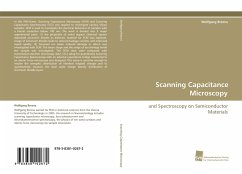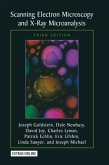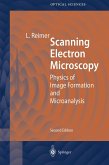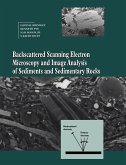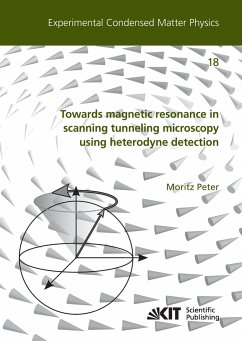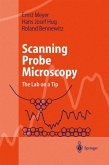In this PhD-thesis, Scanning Capacitance Microscopy (SCM) and Scanning Capacitance Spectroscopy (SCS) was applied to investigate various silicon samples. SCM is used to investigate the electrical behaviour of samples with a lateral resolution below 100 nm. The work is divided into 3 major experimental parts: (1) the properties of metal organic chemical vapour deposited zirconium dioxide as dielectric material for SCM was explored. Usage of zirconium dioxide leads to reduced leakage currents and improved signal quality. (2) focussed ion beam induced damage in silicon was investigated with SCM. The beam shape and the range of ion damage inside the sample was investigated. The SCM data were compared with transmission electron microscopy data. (3) a setup for quantitative Scanning Capacitance Spectroscopy with an external capacitance bridge connected to an atomic force microscope was designed. This setup is sensitive enough to resolve the energetic distribution of interface trapped charges and to quantitatively measure the local oxide charge density distribution of zirconium dioxide layers.
Bitte wählen Sie Ihr Anliegen aus.
Rechnungen
Retourenschein anfordern
Bestellstatus
Storno

